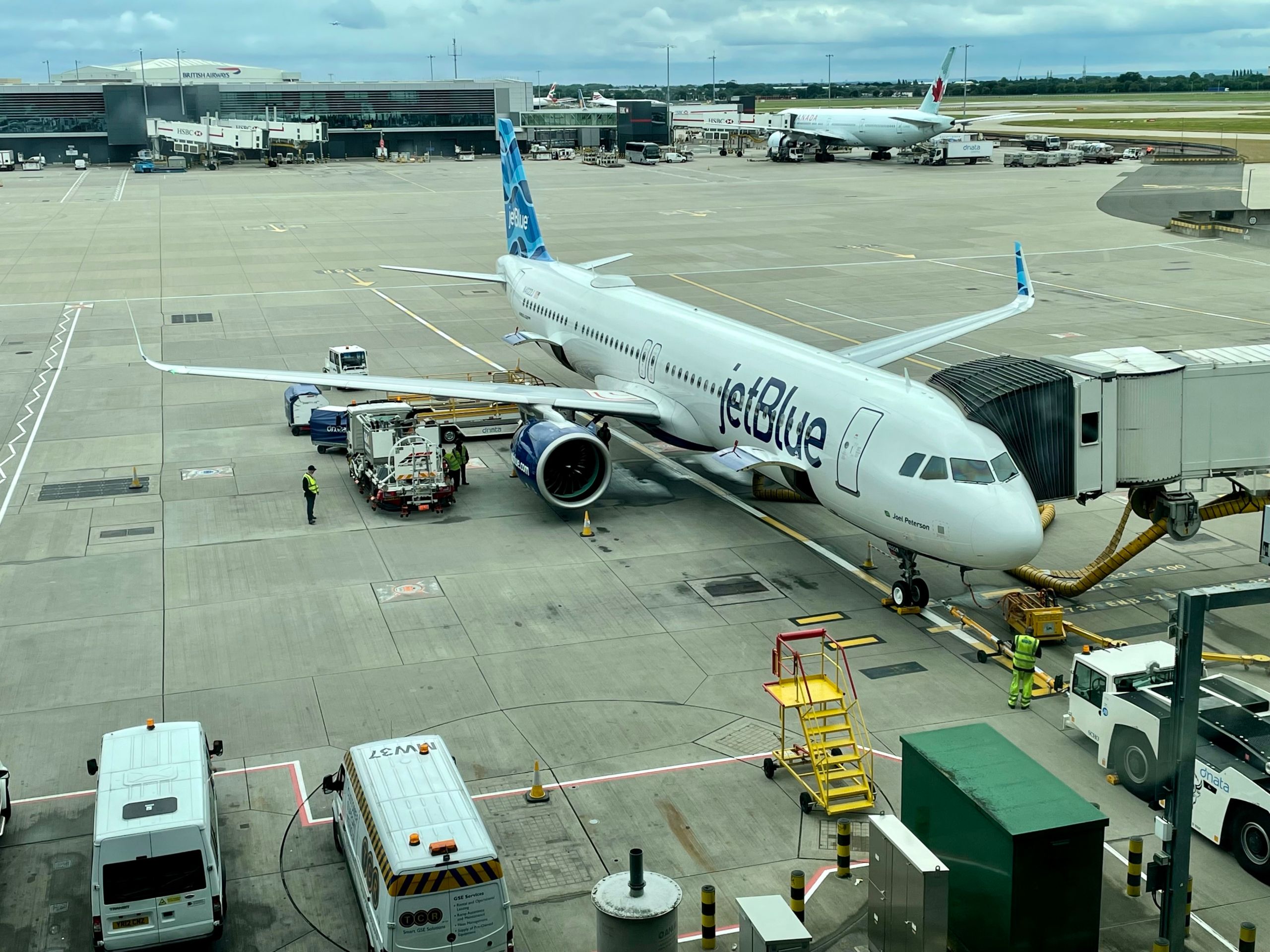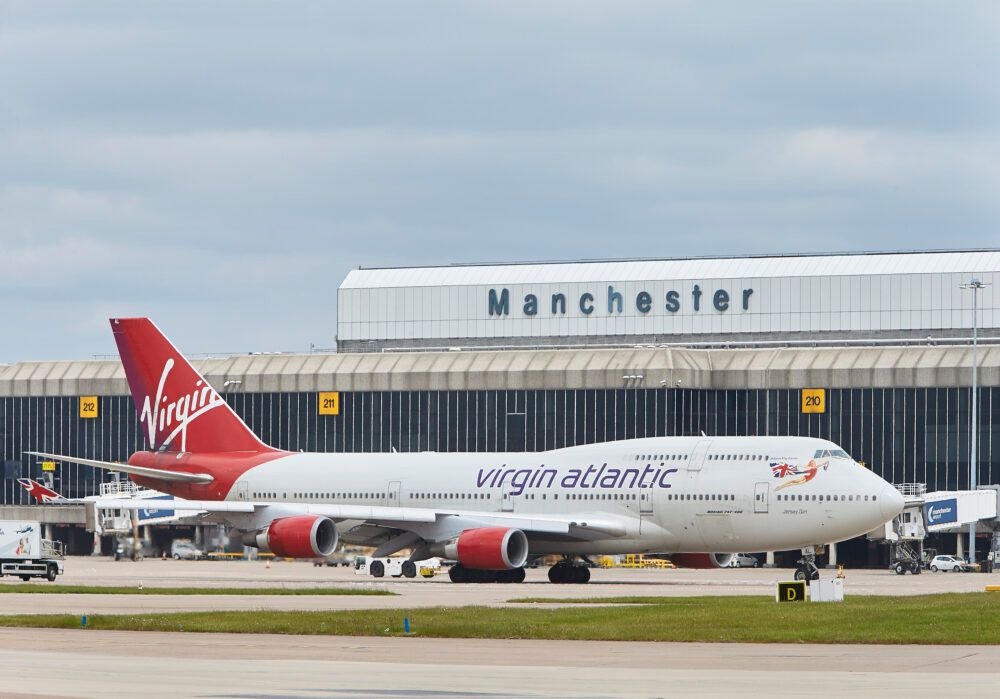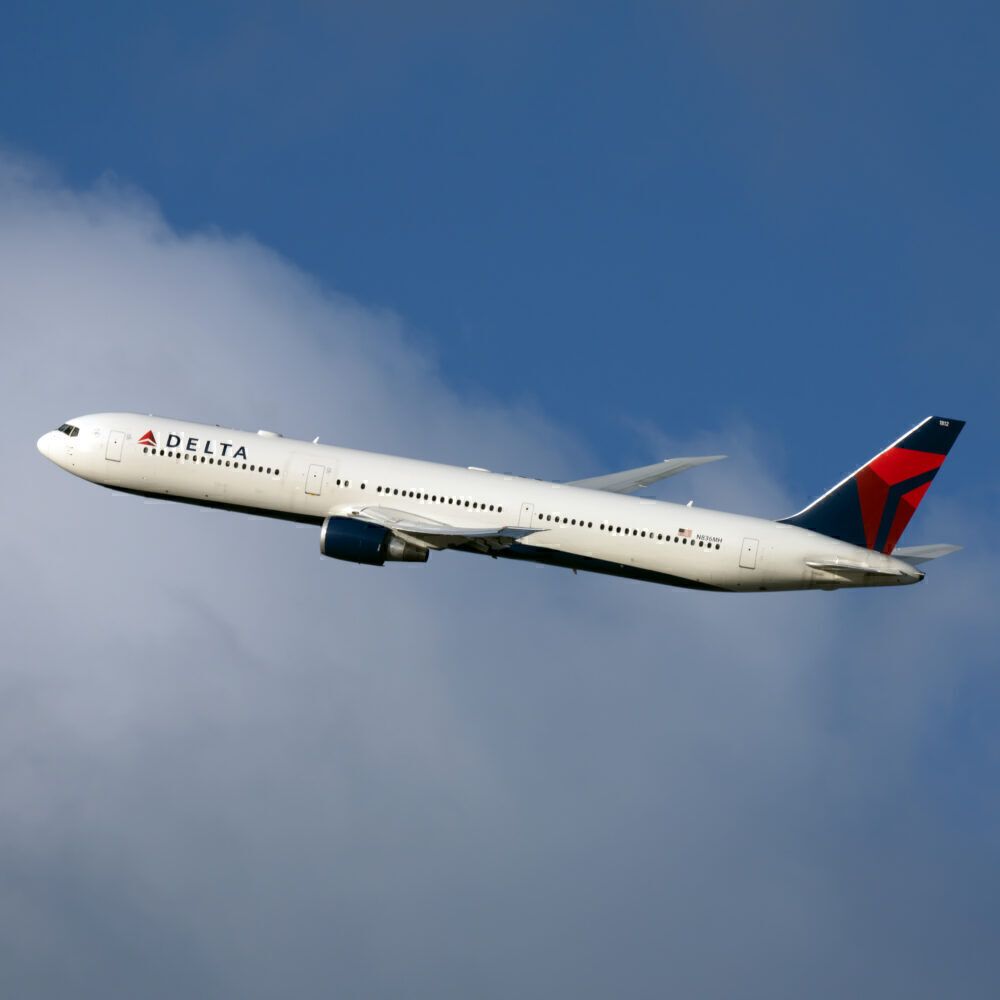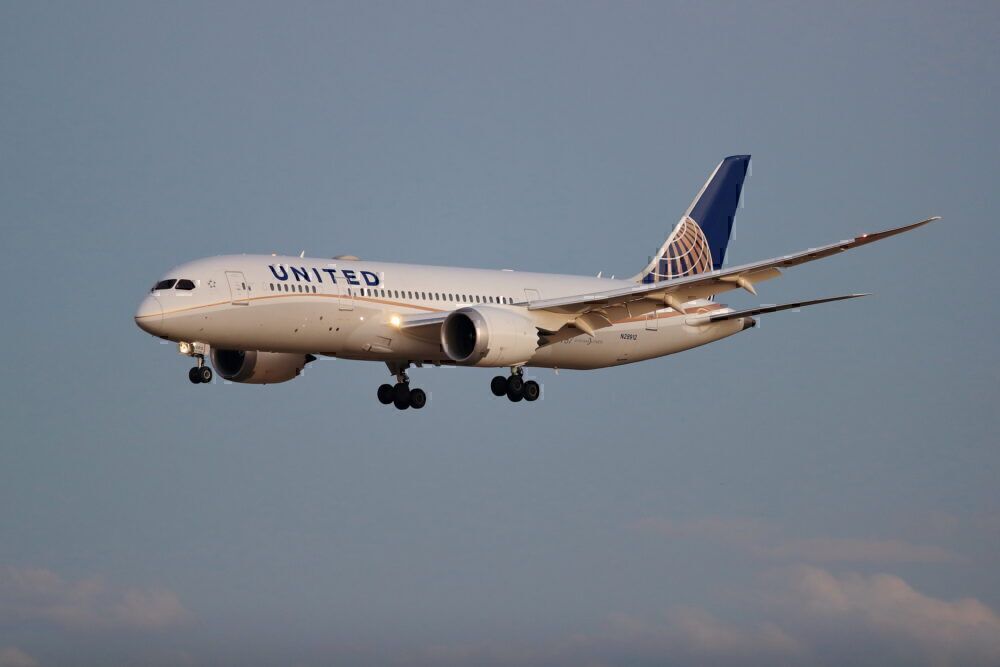Despite the best efforts of the US-UK task force set up in June, we may be waiting a lot longer than anticipated for a travel corridor. While vaccination rates in both countries are high, the highly infectious Delta variant is proving a spanner in the works. We explore if the US-UK travel corridor is further away than we thought.
No travel corridor until November?
At the Cornwall G7 Summit in June, a transatlantic task force was established to set up a travel corridor between the U.S. and UK. However, with cases in both countries on the rise, reports now suggest a travel corridor isn't expected to open until November at the earliest.
Since early August, the UK has permitted fully vaccinated American tourists into the country, but this was not reciprocated by the U.S. The U.S. was expected to return the favor sometime in September, but this is now highly unlikely.
White House spokesperson Jen Psaki said last month,
“Given where we are today ... with the Delta variant, we will maintain existing travel restrictions at this point.”
U.S. airlines push back services
Most major U.S. airlines now believe a travel corridor won't be on the horizon until at least Thanksgiving, November 25th. Virgin Atlantic has already delayed its Heathrow-Las Vegas flights to mid-September, while another unnamed major carrier plans to defer its New York-London service from September to November.
JetBlue's CEO, Robin Hayes, believes a corridor is a few months off, saying,
“We are hopeful over the next two or three months, as we get on the right side of the Delta variant increases we have seen, we can revisit that and we can welcome Brits and Europeans to the States again.”
Henry Smith, chairman of the all-party Future of Aviation group, claims he does "not see any appetite in the US to open up sooner rather than later." Unlike the UK's small domestic market, U.S. airlines can rely on a much larger domestic market to maintain revenues.
Smith said,
"It is slightly different for the US because they have such a big domestic market, which means international travel makes up a smaller proportion of the industry's revenues."
Stay informed: Sign up for our daily and weekly aviation news digests.
Infection rates remain high in both countries
It was initially hoped that high vaccination rates would eventually lead to a US-UK travel corridor. However, with Delta variant breakthrough infections and vaccine hesitancy amongst the population, infection rates are climbing in both countries.
As of 23rd August, the U.S. is seeing a seven-day average of 150,000 cases, up from 50,000 a month ago. In the UK, this figure stands at 32,710, down from 43,658 a month ago, but steadily on the rise again since early August.
Another stumbling block is that the U.S. currently does not recognize the AstraZeneca vaccine. Over 5 million Brits have received a variant of the vaccine manufactured by the Serum Institute of India (SII). This would mean those with the AZ jab would essentially be treated the same as unvaccinated individuals.
Do you think the travel corridor will be delayed until November? Will we even get a travel corridor this year? Let us know your thoughts in the comments.




